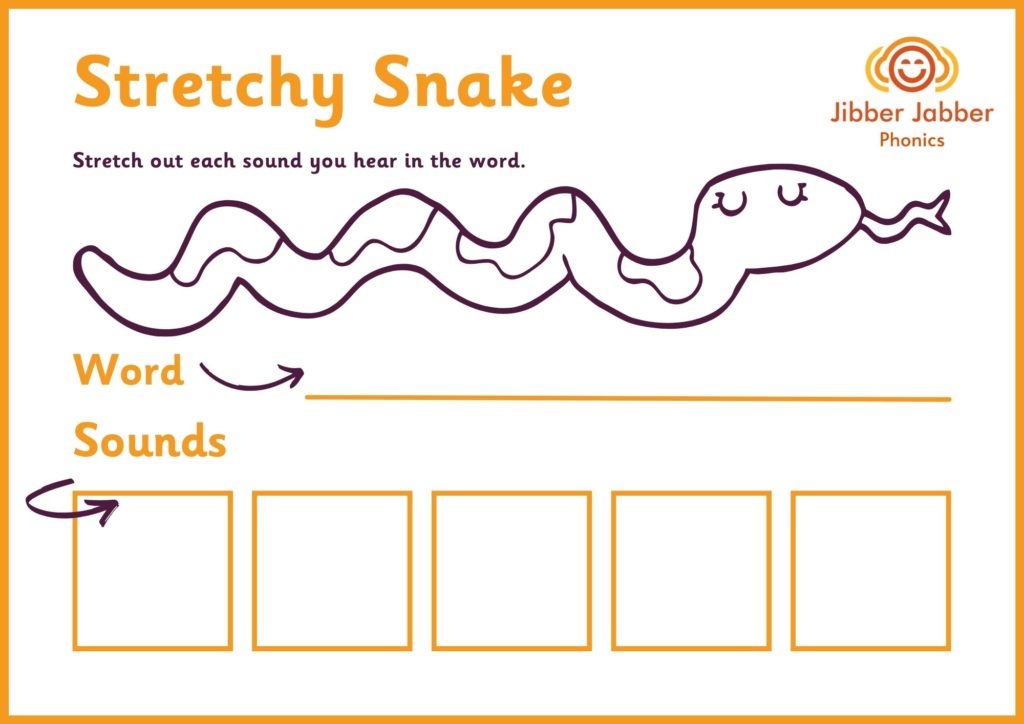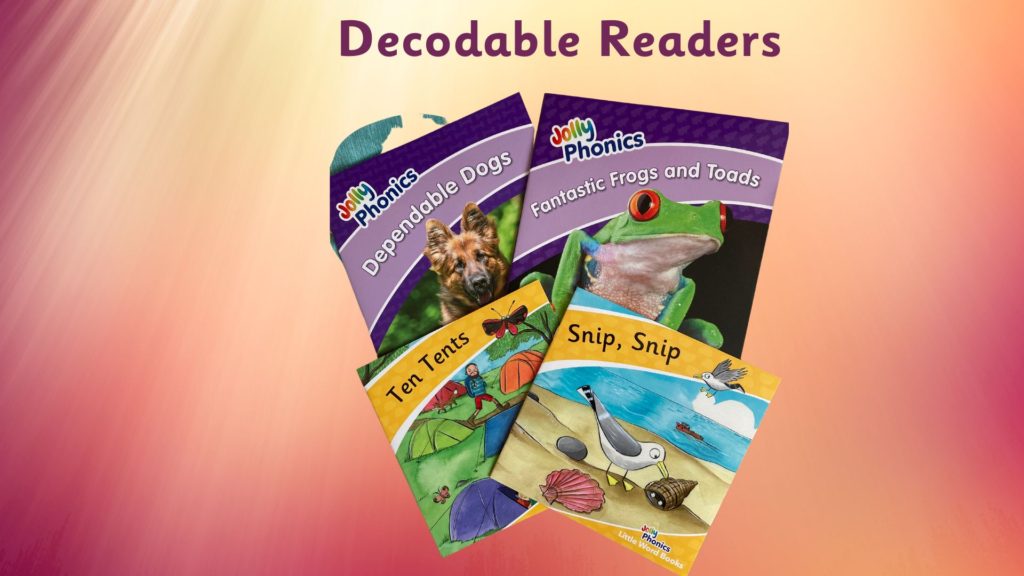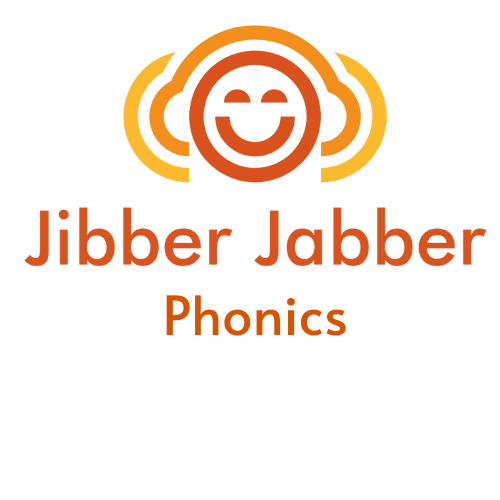One question that often comes up when I am teaching phonics is “why is phonological awareness and phonemic awareness important to young learners?”
There are 3 main building blocks to cracking the code of reading and writing from an early age. These are;
- Phonological Awareness
- Phonemic Awareness
- Phonics
The more we understand these stages the more we can support our learners on their journey to be confident readers and writers. Let’s look at the stages here.
1. Phonological Awareness
Phonological awareness is learning about the sounds in words when we are talking.
It’s a skill that can be taught with our eyes closed because we are listening to the beats in words and sentences.
Early learners with strong phonological awareness usually go on to become strong readers.
This awareness starts developing before the beginning of formal schooling and continues through to primary education.
It’s all about talking and saying sounds. We are not writing words yet, therefore, we can close our eyes because we don’t need to be looking at anything.
We are only listening to the sounds we make when we talk. To develop these skills here are some activities that can be helpful.
Word Awareness
- sounding the words in a sentence. We can tap or clap or march to the sounds or syllables said in a sentence.
I am happy – 4 claps. What is your name? – 4 claps. My name is Harry – 5 claps.
This helps learners to understand that words and sentences can be taken apart.
Sounds in a word
Breaking up the sounds in a word is the next step and will get them listening for sounds. Start with one word and ask them to say the first sound. Stretch out that sound. Let’s use ‘sat’.
Stretch out the first sound, /sssss/ /a/ /t/.
Once they can isolate that initial sound, move to the middle sound. Stretch it out again, ‘What’s the middle sound?’ /s/ /aaaaa/ /t/
Finally, get them to say the last sound. /t/. Ensure that there is no /uh/ after /t/!

These are important skills to teach listening. It’s not about what we are seeing, it’s what we are hearing.
Onset and Rime
Onset (the first sound in a short word) and rime (the repeated ending sound of the word) helps learners understand a word family. Start with the easy ones,
- /at/ cat and bat,
- /ig/ big and wig,
- /og/ dog and log,
- /ar/ car and jar.
To play the attached game, ask your child to name each picture. (Use words when needed.) You can find an activity here. Cut and scramble the pieces face up on a flat surface. While matching the puzzle pieces, ask learners to say the onset /d/ and the rime /og/, and then the whole word ‘dog’.

2. Phonemic Awareness
Phonemic awareness is knowing that each word is made of different sounds.
These lessons are listening (auditory) and speaking (oral). Once learners have a good knowledge of letter sounds (there are 42 of them) learners will have good phonemic awareness.
Then they will be able to decode unfamiliar words in the future, therefore, enabling them to become confident readers and writers..
Phonemic awareness is taught with blending and segmenting sounds in words.
Blending is pushing the sounds together and segmenting is pulling the sounds out individually.
To develop these skills here are some activities that can be helpful.
- When saying a word, holding up a finger for each sound in a word. Display your fingers in the order that the sounds appear.
- Ask learners to read a word and find the words that contain the same sounds. This includes alternative spellings.
- ai as in day – weigh, I, paid, way.
- oo as in push – sugar, duty, pump.

3. Phonics
Phonics is the relationship between written letters and sounds. The stages of learning phonics are closely linked with phonemic awareness. It is vital that students know their letter sounds to be able to blend, used to read words and segment used to write words, to read and spell.
Activity for blending words. Ask them to listen to two small words pop + corn and ask the learner to put the two words together to make ‘popcorn’.
Activity for segmenting words is the opposite to blending. Say a word to a learner ‘popcorn’ and ask them to write the word in two small words, pop + corn.
Decodable readers
To encourage learners to read and use their phonics skills, decodable readers are a must.
Decodable readers have controlled vocabulary that only contain the sounds that the learners have mastered in each stage of a phonics programme.
This makes reading a more enjoyable activity. The love of reading books often comes from being able to read words and understand a story.
When learners know enough letter sounds, they can use their phonemic awareness for more complex words at school and into their chosen careers to read specialised words.

When we as teachers understand these stages, it is clear to see how teaching phonological awareness, phonemic awareness and phonics are used for the rest of their life.
I hope you found the activities listed in this article helpful. What are some of your favourite’s ways to teach these skills? How have they worked for you? Comment below, I would be really interested to hear from you.
If you enjoyed this article, share it with your friends and colleagues!


The article is superb & very helpful for passionate teachers like me. The three stages are described in this article, not only are very important but should be taught to young learners in the same sequence. If I’m doing phonics and my student is unaware of phonological awareness and phonemic awareness or I, being a teacher, am unaware of the first two stages then there is no use of phonics. As all three stages are not only linked with each other but they have a strong, connection between them. You can’t start directly from the third stage especially when you are teaching very young learners of kindergarten. Once again I thank you wholeheartedly for this beautiful, informative, and interactive article. I will include all these fruitful activities in next year’s plan to enhance my teaching skills.
Thank you for your comments. I am glad that you have found this useful and it’s great to hear you will be including it in your lessons next year. Please let me know how it goes and if I can be of help in the future do not hesitate to contact me.